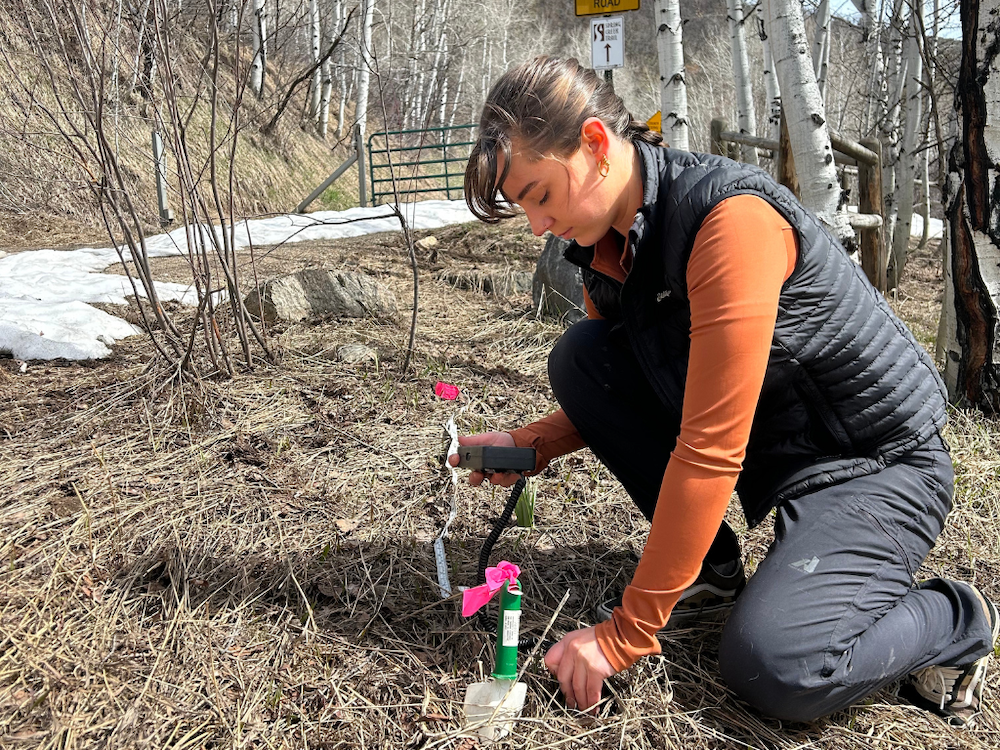Hello, my name is Macey Wyman, and I am working with YVSC as an intern for the Resilient Land and Water Priority Area. In the fall I’ll be entering my junior year at Clemson University as a Wildlife Biology major where I’ll have the opportunity to employ all I have learned in my twelve weeks with YVSC. Right now, I’m spending the summer learning about wet meadow restoration and their importance for Sage grouse. My project is to develop a monitoring protocol for the success of the wet meadow restoration YVSC has been implementing in California Park. Wet meadows are a type of wetland where soil saturation during the growing season encourages the growth of wetland species. They play a critical role in the ecology of mountain ecosystems. Wet meadows also play an important role in reducing carbon in the atmosphere by sequestration.
type of wetland where soil saturation during the growing season encourages the growth of wetland species. They play a critical role in the ecology of mountain ecosystems. Wet meadows also play an important role in reducing carbon in the atmosphere by sequestration.
Sage grouse are an important species as they can help indicate the health of their greater habitat. They are keystone species meaning they play a fundamental role in their ecosystem. Other species are dependent on them for the stability of the habitat. For a while Sage grouse teetered on the brink of being added to the Endangered Species Act, but the efforts of Colorado Parks and Wildlife, as well as other organizations have restored the populations. The sage grouse are dependent on sagebrush for their habitat that provides them critical shelter and food. They lack the developed gizzard present in most birds that allows them to digest hard foods. The sage grouse must thus utilize the soft food options present in the brush to sustain them. As they are sensitive to disturbances, practices common and critical to rural economies often pose a threat. Managing disturbances to the land with resilient rural economies is an ongoing tension for many conservation efforts. Proper management of public lands has been essential to establishing and rejuvenating mismanaged brush.
Sage grouse are often inconspicuous amongst the brush that camouflages them, but come spring, they have an elaborate mating display performed by the males. The males descend on open brush called leks where they perform the rituals to attract a mate. Studies have shown that 85% of these leks are found within 5 miles of wet meadows, making them essential habitat. YVSC is working with the US Forest Service to restore degraded wet meadows in California Park. Sign up here to help us support these unique birds.






